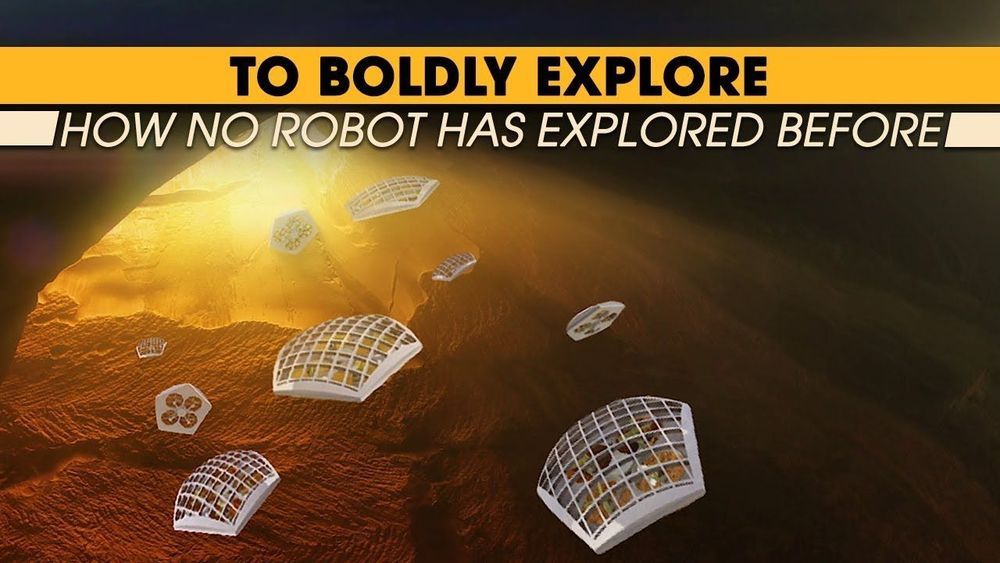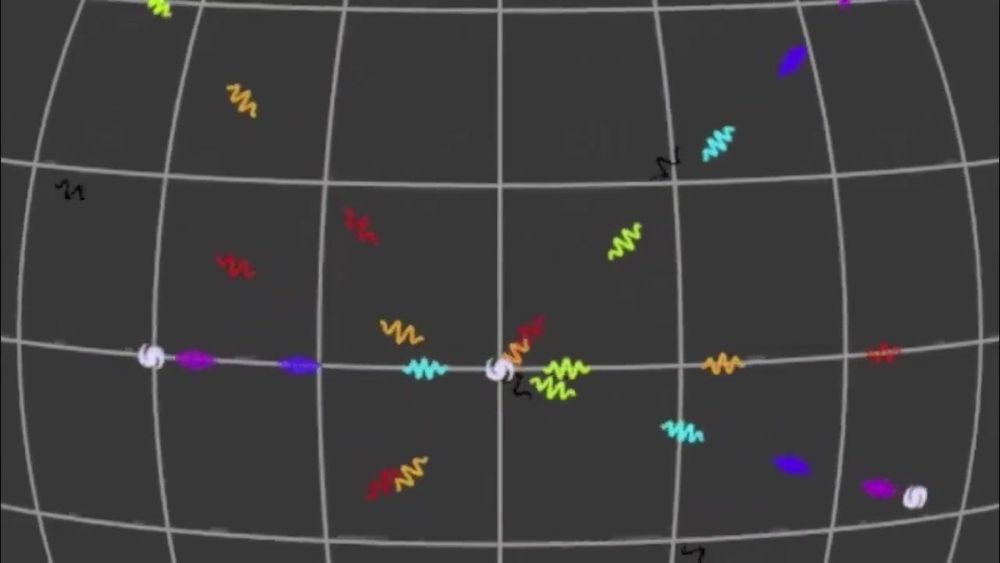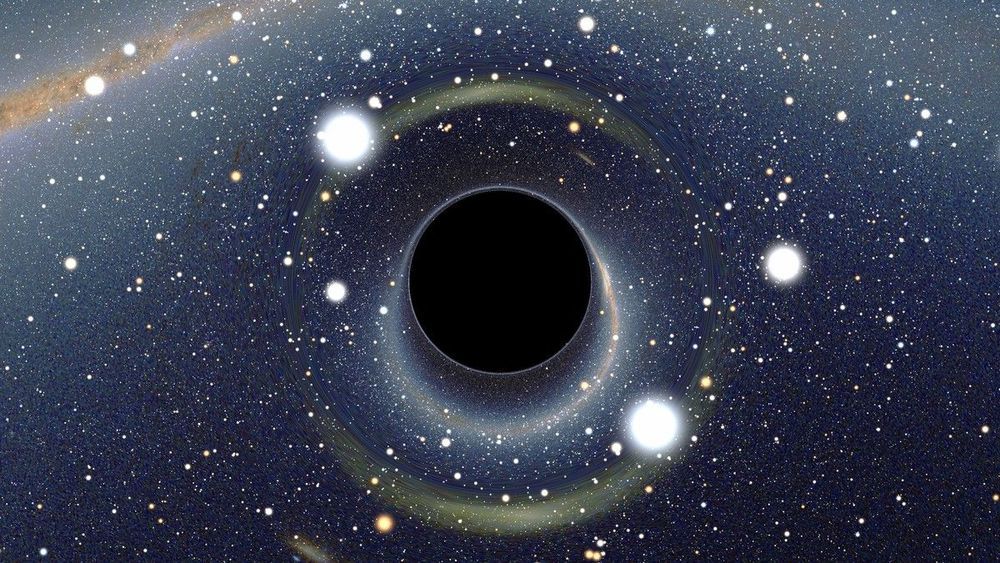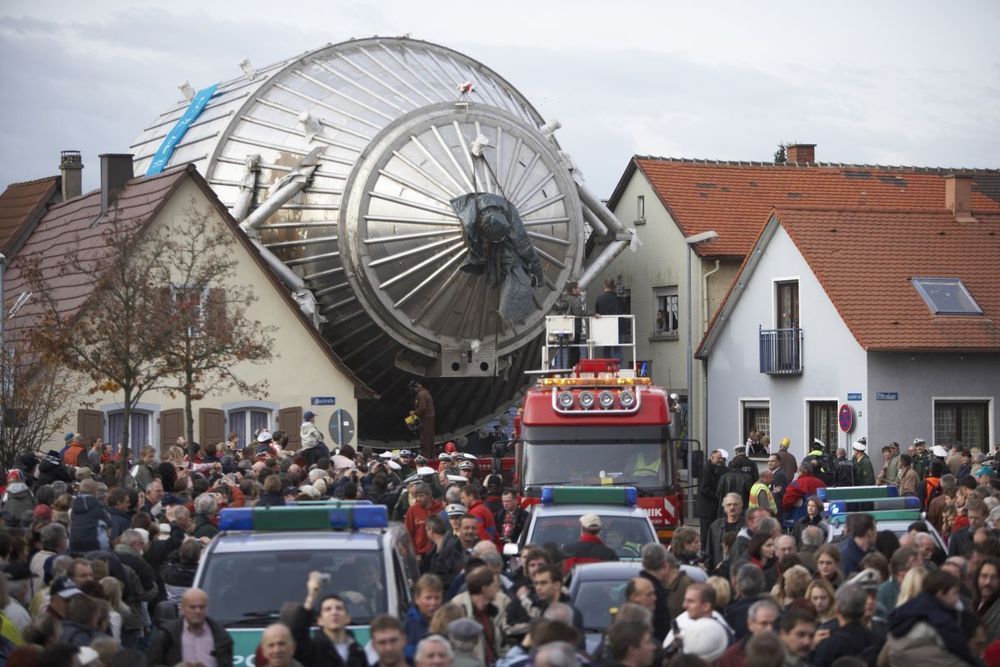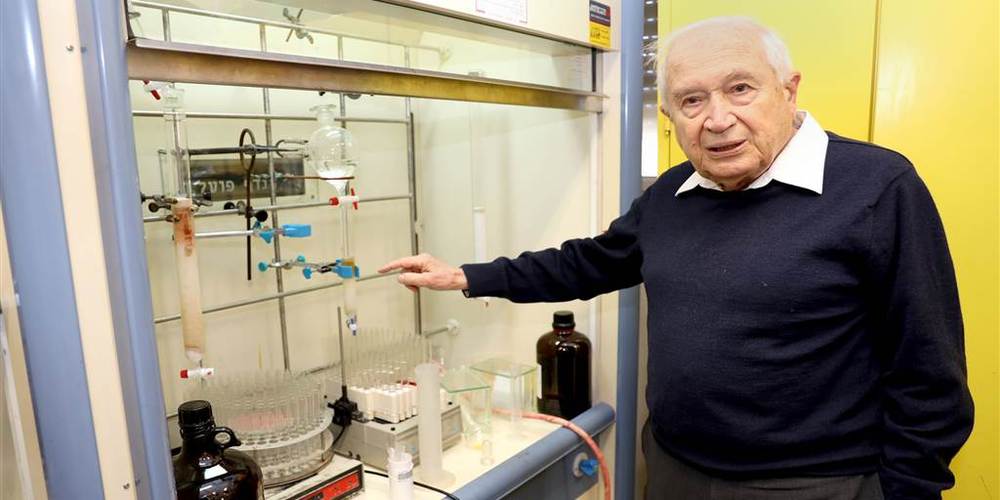Finally, the future that children of the ’80s want to see is on its way. NASA is working on its very own Transformer — a bot called Shapeshifter, made up of smaller robots which can combine into different configurations to roll, swim, fly, and float.
Shapeshifter is a prototype for exploring Saturn’s moon Titan. Before it ended its mission by burning up in Saturn’s rings, the Cassini probe flew by Titan more than one hundred times, observing the moon which is surprisingly similar to Earth. It has rivers, lakes, and rain, but instead of being made of water, these bodies are made of liquid methane and ethane. On Earth, these are gases, but in the freezing temperatures of Titan, they are liquid. Cassini collected mapping data of the surface, and scientists have been keen to discover more since then.
“We have very limited information about the composition of the surface [of Titan],” Ali Agha, Principal Investigator at NASA’s Jet Propulsion Laboratory (JPL), said in a statement. “Rocky terrain, methane lakes, cryovolcanoes — we potentially have all of these, but we don’t know for certain. So we thought about how to create a system that is versatile and capable of traversing different types of terrain but also compact enough to launch on a rocket.”
